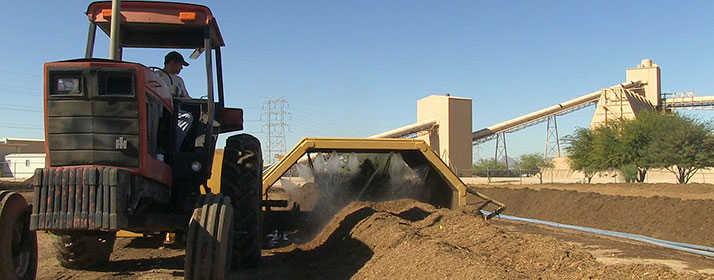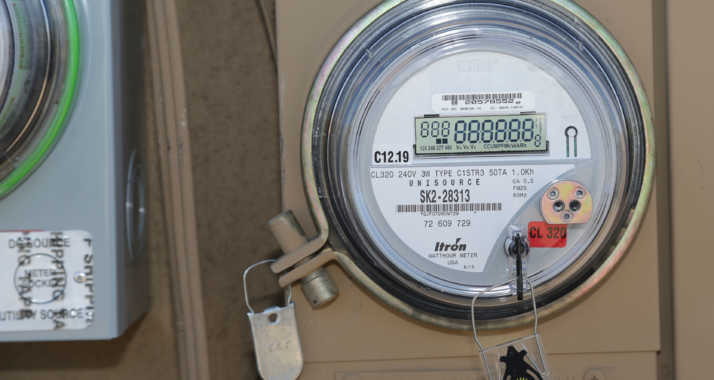

The popular idiom, “One man’s trash is another man’s treasure,” should be “One man’s trash is another man’s energy” at Tucson Electric Power.
TEP collects methane from decomposing trash in the city of Tucson’s Los Reales Landfill to run H. Wilson Sundt Generating Station’s Unit 4, also powered by coal and natural gas. Methane fuels the generation of 3-4 megawatts of electricity per hour, enough energy to supply 4,000 homes.
Using methane as a fuel is a form of recycling, said Martin Bey, Los Reales Landfill Manager. “We are able to break down a greenhouse gas that is discarded and get something positive out of it by making electricity,” he said.
More than 100 methane extraction wells are located throughout the landfill; 45 currently are in use. The wells vacuum up the decomposing trash’s gas.
“When the garbage rots, a bi-product is methane gas,” said Eddie Meschino, Assistant Control Room Operator at TEP, noting that carbon dioxide, nitrogen and oxygen also are collected.
Each pound of waste produces about 3 cubic feet of landfill gas; at Los Reales, that’s about 9,400 tons of methane per year. The landfill is expected to continue its current operation for another 20 years and will continue to produce methane long after that.
The methane equipment pressurizes, dehydrates and chills the gas before sending it to the TEP generating station via a 3.5 mile, 14-inch pipe.
Methane replaced oil as a fuel source for Unit 4 when the extraction system became operational in August 1999.
The environmental benefits are two-fold: The process recycles methane, a greenhouse gas that has been linked to global warming. Methane traps more than 20 times the amount of heat as carbon dioxide. Landfills are estimated to produce 18 percent of all methane emissions. Also, utilizing methane helps lower TEP’s reliance of fossil fuels such as coal.
“This provides our customers with a renewable source that is highly reliable,” said Walter Yosin III, TEP Environmental Supervisor, “and it saves more than 5,000 tons of coal each year.”






